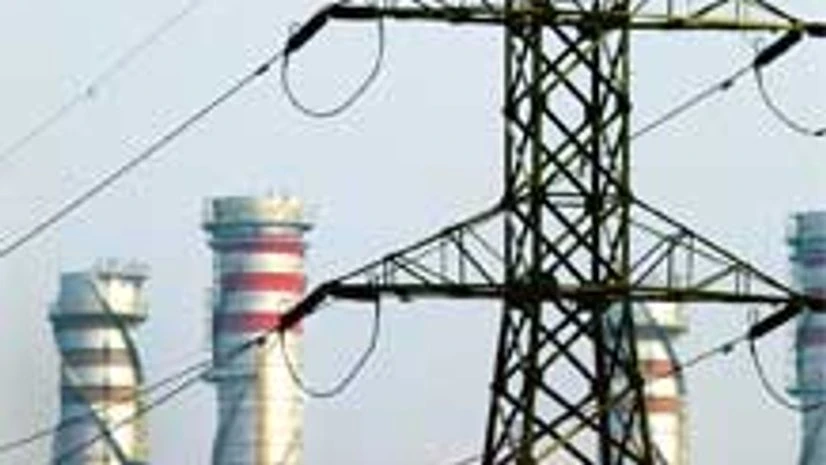On Monday, nine companies bid for the 4,000-Mw ultra mega power project (UMPP) in Odisha. The project is significant because the state government has already received Rs 719 crore from power-procuring states to acquire land and three captive coal mines have already been allocated. These details signify the government is aware of the bottlenecks in the sector and has ensured the two new UMPPs don’t get stuck.
The government has been busy de-bottlenecking the sector over the past few months so that new investments start again and the existing generators don’t suffer. However, this is not reflected in the sector’s earnings at large. While the rise in tariffs and improved power-trading volumes have helped companies such as CESC and Power Trading Corporation, independent power producers continue to struggle. Analysts and companies claim many projects have secured clearances over the past few months. A special committee under the Prime Minister has 94 projects in the power sector, adding up to a total investment of over Rs 3.8 lakh crore. The Cabinet Committee on Investment has also taken up two power projects — National Hydroelectric Power Corporation’s Dibang hydro project and Reliance Power’s 4,000-Mw UMPP at Tilaiya in Jharkhand.

However, these measures are not yet translating into better financials for independent power producers, as those functioning on imported coal are unable to reap benefits of lower coal prices owing to the rupee’s fall. Rahul Modi of Antique Stock Broking says generating companies have operated at lower utilisation levels, with all India thermal plant load factor falling to 68 per cent due to backdowns by state-electricity boards on account of financial distress and low industrial demand.
Even if new investments begin and clearances are fast-tracked, the outlook remains weak. According to Sharekhan, the government’s efforts would take time to reflect in the earnings performance of the power companies. The independent power producers, too, are caught between a falling rupee and fixed tariffs under power purchase agreements. For the moment, analysts are betting on state-owned power utilities.

)
